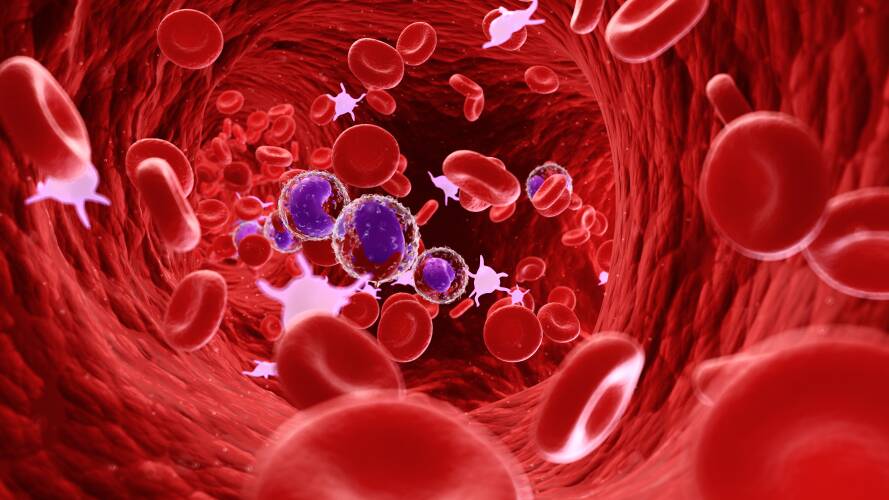In the vast realm of medical and scientific communication, a fundamental aspect often overlooked is the language barrier. One area where this becomes particularly evident is in understanding tissues in Spanish. This article delves into the intricacies of tissue terminology, highlighting the importance of bilingual proficiency in the medical and scientific communities.
What are Tissues?
Before we explore the linguistic aspects, let’s revisit the basics. Tissues are groups of cells that work together to perform a specific function in the body. Understanding these fundamental building blocks is crucial in various scientific disciplines.
The Significance of Learning Tissues in Spanish
Imagine a scenario where a medical professional needs to communicate with a Spanish-speaking patient or collaborate with researchers from Spanish-speaking countries. The ability to articulate and comprehend tissue-related terms is not just beneficial; it’s imperative.
Common Tissues and Their Spanish Names
Let’s break down the language barrier. From “epithelial tissue” to “connective tissue,” we’ll explore the Spanish equivalents, ensuring seamless communication across borders.
Challenges Faced in Understanding Tissues in a Different Language
Language barriers can lead to perplexity and burstiness in communication. We’ll discuss the challenges faced and ways to overcome them for effective scientific discourse.
Tips for Memorizing Tissue Terminology in Spanish
Learning a new language can be challenging, but with the right strategies, mastering tissue-related vocabulary becomes an achievable feat.
Utilizing Technology for Language Learning
In the digital age, numerous tools and resources can aid in language acquisition. We’ll explore apps and online platforms designed to make learning tissue terms in Spanish interactive and engaging.
Real Life Scenarios
Through real-world examples, we’ll illustrate situations where knowledge of tissue terminology in Spanish can make a substantial difference in effective communication.
Connecting Cultural Context to Tissue Understanding
Cultural nuances play a role in language interpretation. Understanding the cultural context of tissue-related terms enhances accuracy in communication.
Addressing Misconceptions
Let’s debunk common misconceptions surrounding tissue terminology in Spanish, ensuring a clear and accurate understanding.
Benefits of Multilingual Proficiency in Scientific Fields
Bilingualism opens doors to collaboration, research opportunities, and a more inclusive scientific community. We’ll explore the advantages of being proficient in both English and Spanish in the scientific realm.
Interviews with Professionals
Gain insights from professionals who have experienced firsthand the significance of knowing tissue terms in Spanish in their careers.
Interactive Learning Approaches
Learning doesn’t have to be tedious. We’ll discuss engaging methods to make the process enjoyable and effective for language retention.
Future Trends in Multilingual Medical Communication
As the world becomes more interconnected, the importance of language proficiency in scientific fields is expected to grow. We’ll explore future trends and their implications.
FAQs
- Is it essential for medical professionals to learn tissue terminology in Spanish?
Yes, especially in multicultural societies and international collaborations.
- How can technology aid in learning tissue-related vocabulary?
Various apps and online platforms offer interactive tools for effective language acquisition.
- Are there cultural considerations when using tissue-related terms in Spanish?
Yes, understanding cultural nuances enhances accurate communication.
- Can learning tissue terms in Spanish improve career prospects in scientific fields?
Absolutely, bilingualism is a valuable asset in the global scientific community.
- Where can I get more information and resources for learning tissue terminology in Spanish?
Explore online language learning platforms and consult with language experts for guidance.
Conclusion
In conclusion, understanding tissue terms in Spanish is not merely about language; it’s about bridging gaps, fostering collaboration, and ensuring precision in scientific communication. As we navigate the complexities of multilingual proficiency, the significance of this skill cannot be overstated.

